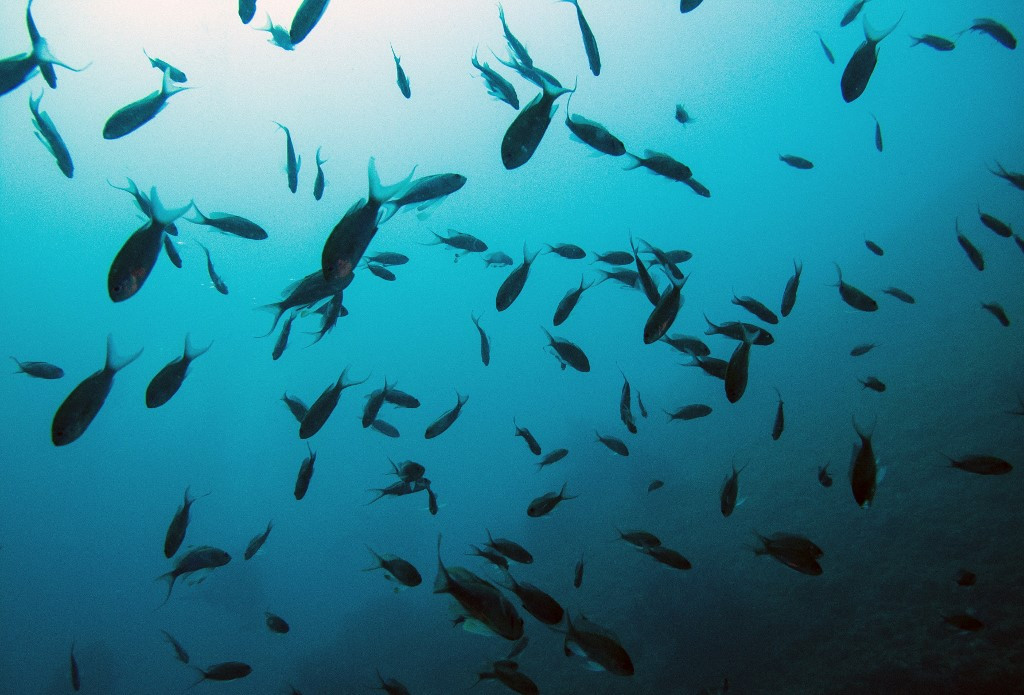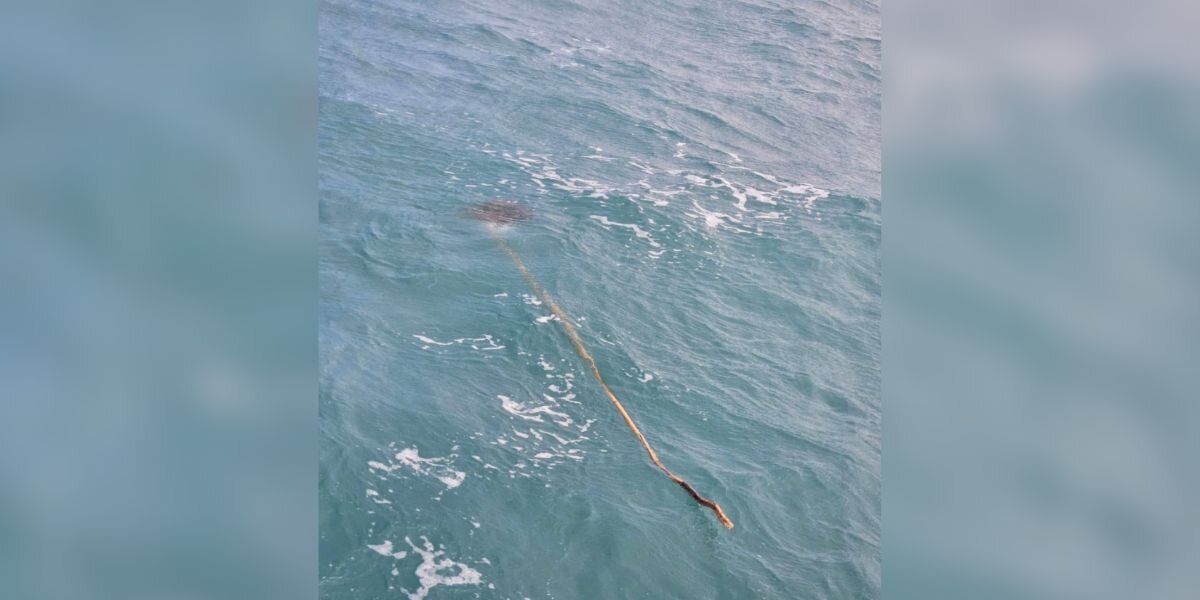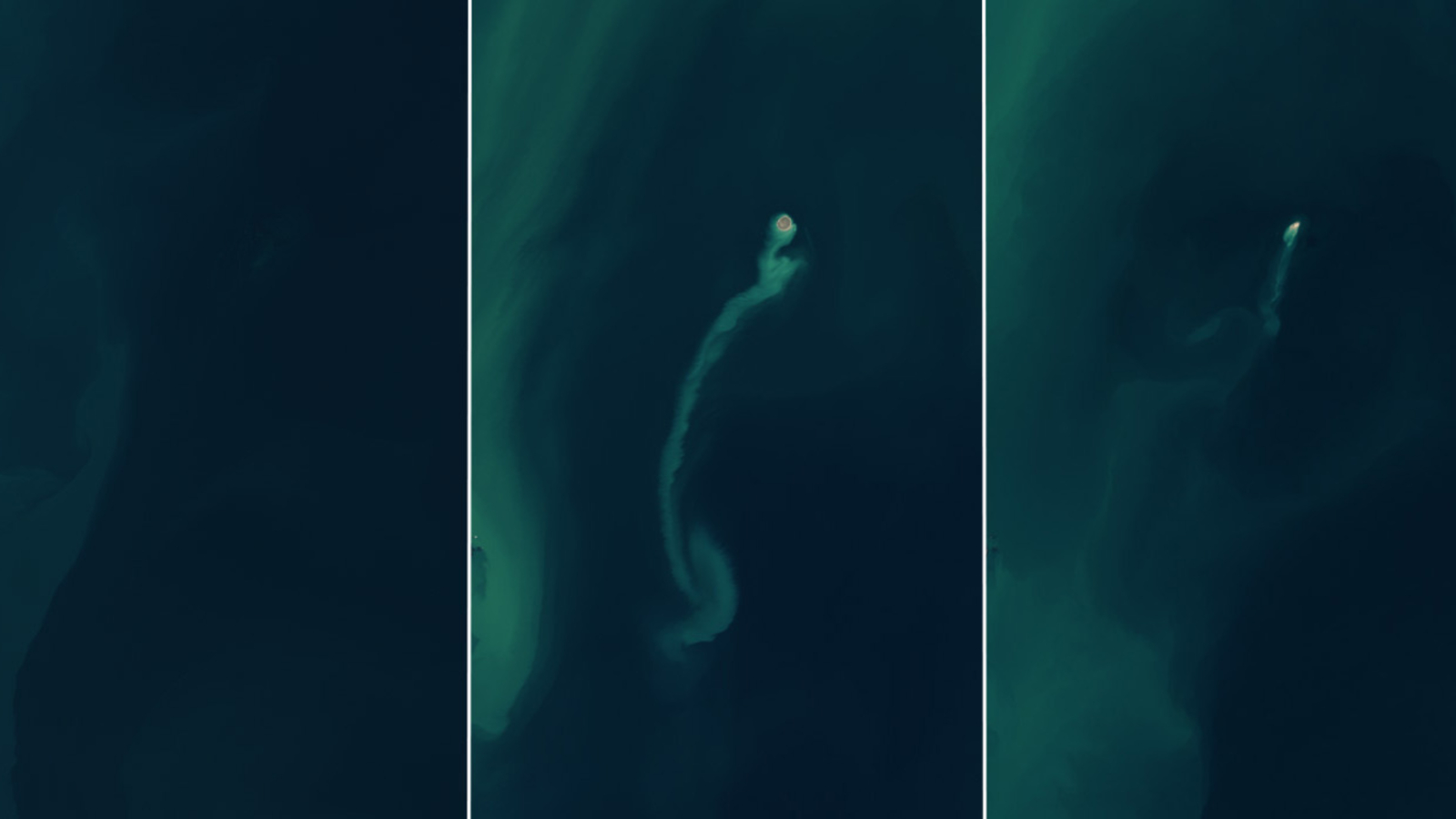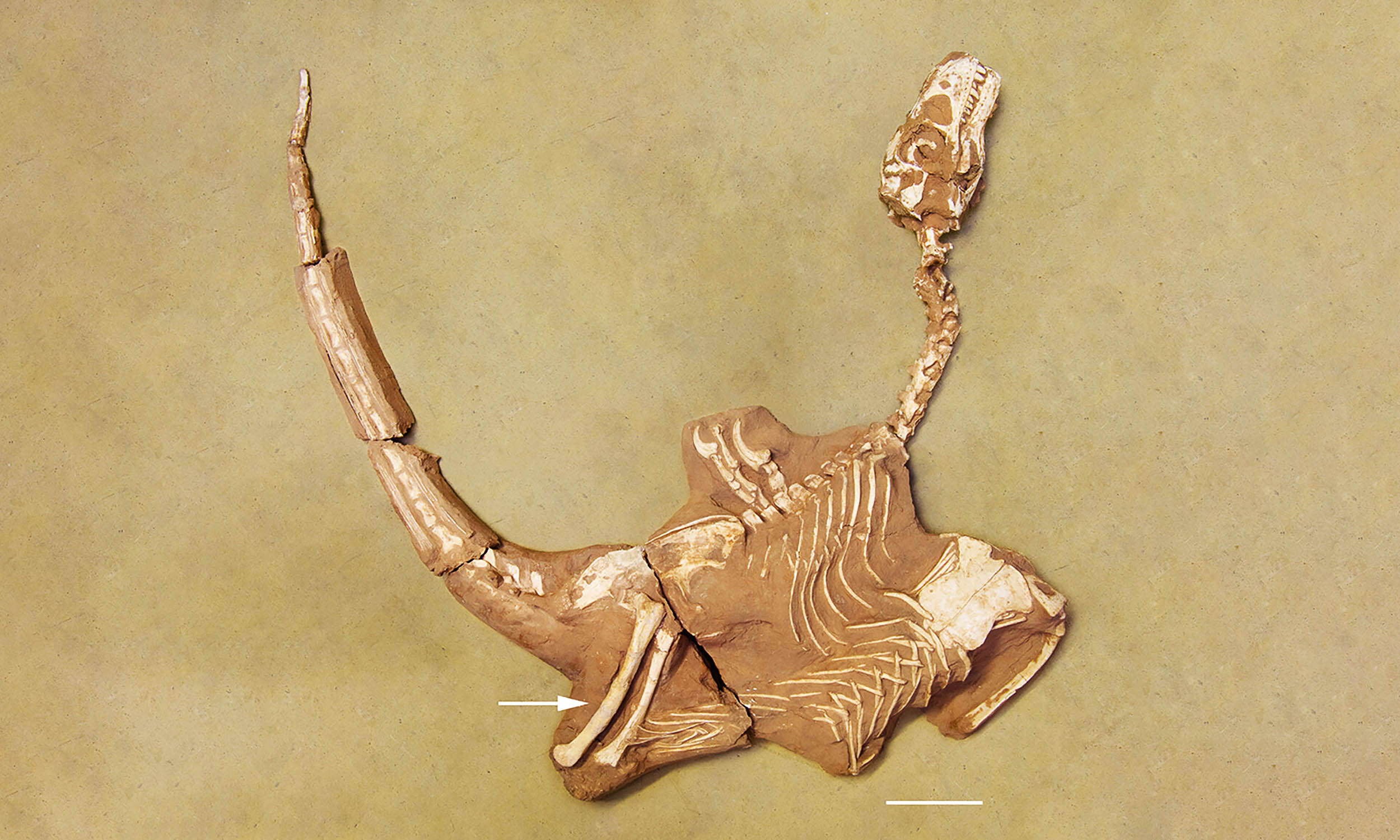Discovering Life in the Dark: Surprising Creatures Found Nearly 10,000 Meters Underwater!

Ever imagined a world thriving in complete darkness, where bizarre creatures defy our understanding of life? A groundbreaking discovery from a team of Chinese scientists reveals that the depths of the Mariana Trench, Earth's deepest underwater valley, are teeming with an astonishing variety of life that challenges what we thought we knew about existence at extreme depths.
The Chinese submersible, known as the 'Fendouzhe' or 'Striver,' recently dove into the Mariana Trench, reaching depths of nearly 10 kilometers (around 6 miles) below sea level. During its exploration, the team unearthed colonies of marine tubeworms and mollusks in numbers that had never been documented before. This remarkable find, detailed in a study published in the journal Nature, suggests that life could flourish in these extreme conditions much more than scientists previously believed.
Most life on Earth depends on sunlight, growing and thriving in the warmth of the sun's rays, but these deep-sea creatures have a different survival strategy. Living in total darkness, they rely on chemosynthesis, a process where they use chemicals like methane leaking from the seafloor to sustain themselves. This discovery opens up a world of possibilities, hinting that similar life forms could exist in other ocean trenches around the globe.
The submersible made a remarkable 23 dives into the Mariana Trench last year, unearthing thousands of marine organisms at depths ranging from 2,500 to a staggering 9,533 meters (about 8,200 to 31,000 feet). Video footage captured during these dives revealed stunning visuals of tubeworms measuring up to 30 centimeters (or roughly 12 inches) long, alongside clams, spiky crustaceans, free-floating marine worms, sea cucumbers, and other extraordinary invertebrates.
This research is pivotal, marking the discovery of the most extensive chemosynthesis-based communities known to exist on our planet. Scientists believe that if life can thrive in such harsh conditions, similar deep-sea ecosystems might be more widespread than we ever imagined.
The study also provided compelling evidence that microbes are producing methane, with tubeworms congregating around microbial mats resembling snow. While previous studies have documented thriving communities of single-celled organisms, the presence of large animals in these depths remains rare and fascinating.
As nations debate the contentious issue of deep-sea mining, with powers like China and the United States expressing interest in exploiting these rich resources, ocean scientists are raising alarms. Mining these untouched areas could devastate fragile ecosystems that have yet to be fully understood. Even as discussions progress, the International Seabed Authority, responsible for regulating deep-sea mining, has yet to establish crucial rules for industry operations.
Interestingly, media outlets in China have reported that the Fendouzhe submersible mission is also geared toward researching 'deep-sea materials.' Yet, only a handful of individuals have ventured to the bottom of the Mariana Trench—a place deeper than Mount Everest is tall. The first exploration took place in 1960, but it wasn't until filmmaker James Cameron's solo dive in 2012 that the trench was revisited. He described the eerie environment as both 'desolate' and 'alien.' The pressure at these depths is mind-boggling, a crushing eight tons per square inch, over a thousand times greater than at sea level. This remarkable exploration not only shines a light on the mysteries of our oceans but also raises essential questions about the balance between discovery and preservation.



























